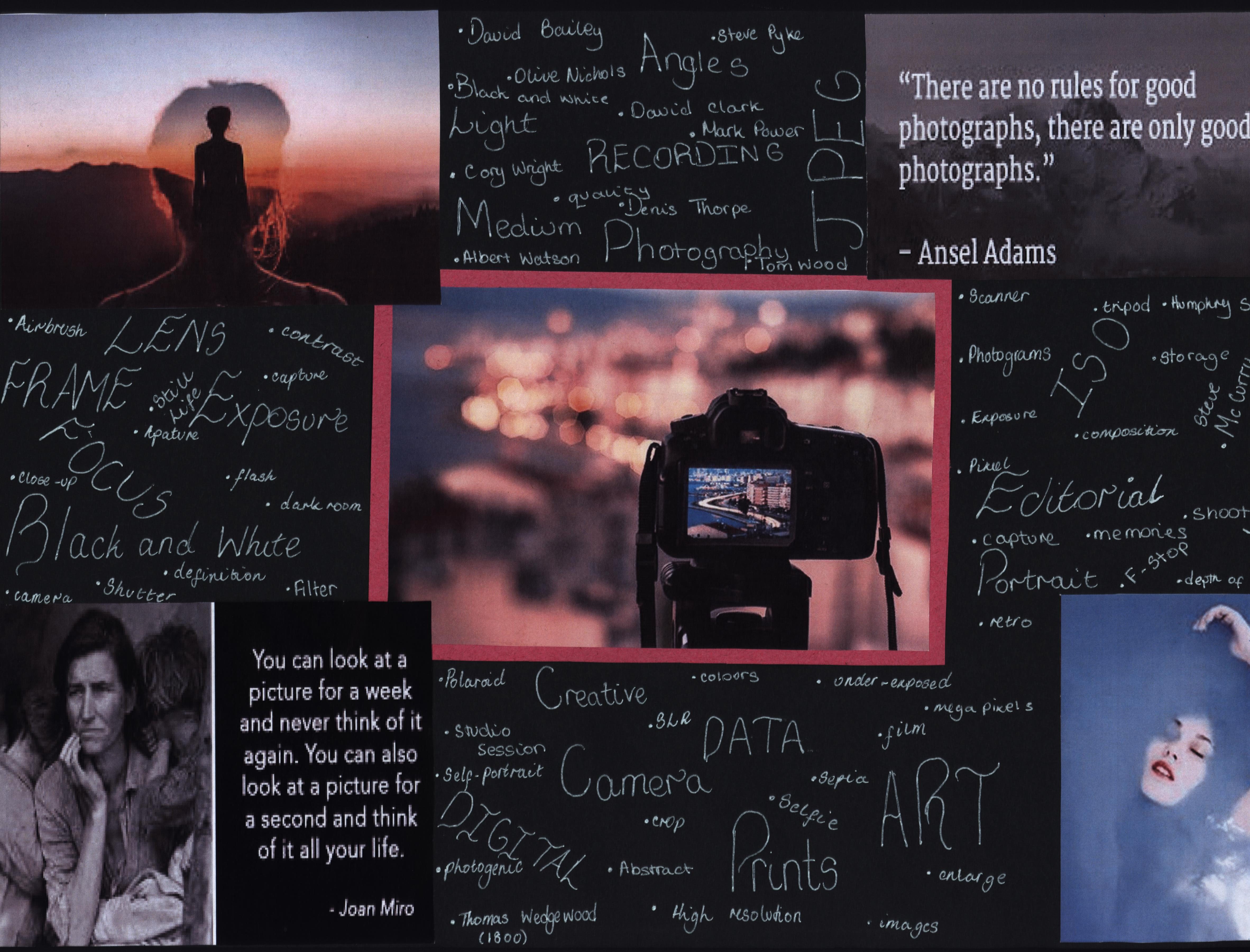
“I photograph the things that I do not wish to paint, the things which already have an existence.”- Mann Ray
Man Ray (1890 – 1976) was an American visual artist who spent most of his career in France. Man Ray was primarily known for his photography, which spanned both the Dada and Surrealism movements.His experiments with photography included rediscovering how to make “camera-less” pictures, which he called rayographs. He made them by placing objects directly on light-sensitive paper, which he exposed to light and developed. In 1922 a book of his collected rayographs, Les Champs délicieux (“The Delightful Fields”), was published, with an introduction by the influential Dada artist Tristan Tzara, who admired the enigmatic quality of Man Ray’s images. Mann Ray’s photograms were influenced a lot by his life and upbringing. his father was a tailor and his mother a seamstress. in some of his rayographs he incorporates the theme of tailoring by using wool. This may be a representation of how he used his early to as an idea in his photograms.He also applied the rayograph technique to motion-picture film, making patterns with salt, pepper, tacks, and pins.
My photograms
To create my photograpms i chose different objects to try anbd create a story. By placing objects onto a piece of light sensitive paper in the darkroom used an enlarger to cast light onto the paper and capture the silhouettes of the objects.after i switched the enlarger on and exposed the paper for approximately 5 seconds. after i put my image in the developer for aproximately 1 minute.
Henry-Fox Tablot
William Henry Fox Talbot (1800–1877) was a graduate of Trinity College, Cambridge, and a recently elected Liberal member of Parliament in the House of Commons, Talbot was a true polymath. His intellectual curiosity embraced the fields of mathematics, chemistry, astronomy, and botany; philosophy and philology; Egyptology, the classics, and art history.
He began to experiment with the idea that had occurred to him at Lake Como and soon found that a sheet of fine writing paper, coated with salt and brushed with a solution of silver nitrate, darkened in the sun, and that a second coating of salt impeded further darkening or fading. Talbot used this discovery to make precise tracings of botanical specimens: he set a pressed leaf or plant on a piece of sensitized paper, covered it with a sheet of glass, and set it in the sun. Wherever the light struck, the paper darkened, but wherever the plant blocked the light, it remained white. He called his new discovery “the art of photogenic drawing.”
